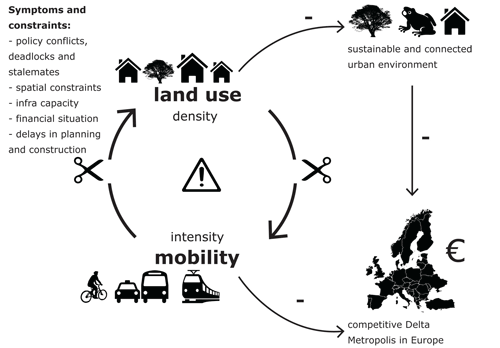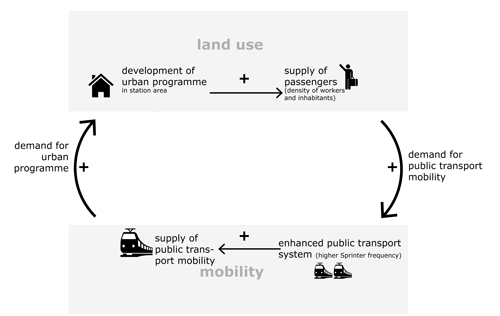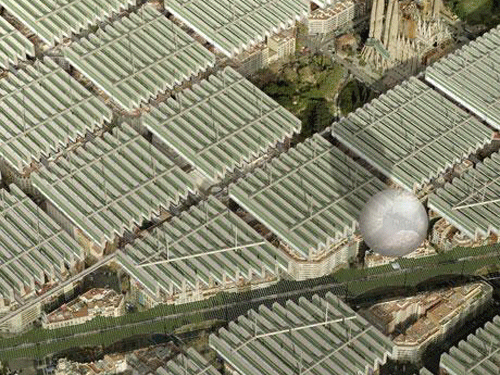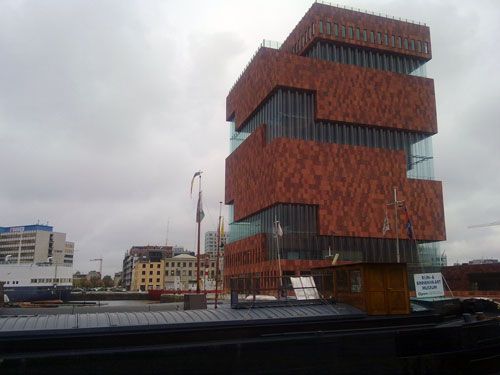Merten Nefs will represent Association Delta Metropolis at the international conference ‘Next Generation Infrastructure Systems For Eco-Cities’, which takes place in Shenzhen from November 11 to 13, 2010. The conference is organized by Next Generation Infrastructures and discusses how innovative infrastructure systems may contribute to a new generation of sustainable cities.

At the conference, Association Delta Metropolis will present two papers on the project SprintCity (in Dutch: SprintStad), together with the Centre for Serious Gaming (TUDelft). An additional demonstration of the SprintCity multi-player serious game will be held during the event. SprintCity explores the possiblities of high frequency rail transport with ‘metro-quality’ in the Randstad region (or Delta Metropolis), in tandem with urban developments around railway stations, thereby improving the connectivity, diversity and sustainability of the region. The name SprintCity refers to the new local train service in the Netherlands, called Sprinter. In the game, the players develop station areas until the year 2030. To be succesful, cooperation and negotiation with the other players is required.

The first paper – Gaming the Interrelation between Rail Infrastructure and Station Area Development: Part 1 – Modeling the Serious Game ‘SprintCity’ – applies existing theory and models, describing the relation between mobility and land use, to the Delta Metropolis. A more extensive model is presented, with external factors, variables and specific actors (stakeholders) from the region. Finally, the paper explains how this model forms the basis for the serious computer game SprintCity and why the game is a suitable instrument to investigate the complex problem of mobility and urbanization in the region.
The second paper – Gaming the Interrelation between Rail Infrastructure and Station Area Development: Part 2 – Insights from the Serious Game ‘SprintCity’ – describes the preliminary results of SprintCity game play with the real stakeholders in the field. The prototype version of the game has been played 13 times, with decision makers, planners, real estate developers and other public and private organizations. Version 1.0 is to be released this week and will be played for the first time November 8 2010. The paper confirms that the game leads to interesting exchange of knowledge between science and practise, giving insight to the players regarding their role and the most important factors in the real-world proces. The players also give feedback for improvement and adjustment of the underlying model.

Read more:
Download paper 1
Download paper 2
http://deltametropool.nl/nl/sprintstad_presentatie_in_china (Dutch)
http://deltametropool.nl/nl/sprintstad (Dutch)
Take a glance at the prototype version of the game:








